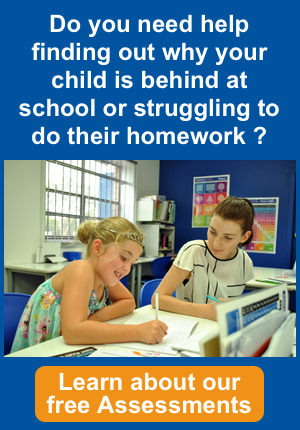October is Dyslexia Awareness month, so the next two newsletters will increase your understanding of Dyslexia and suggest resources to help both at home and at school.
What is Dyslexia and How do I know if my Child has it?
I found an excellent article, written by Liz Dunoon at www.dyslexiadaily.com, called “What is Dyslexia?” In this article, she references the work of Dr. Sally Shaywitz, who is a professor of Pediatric Neurology at Yale University.

Christine Hawkins
Owner KMEC Hunter
She describes Dyslexia as: “more than just a reading difficulty, it is a way of thinking and of being. Dyslexic people tend to be top-down rather than bottom-up thinkers; that is, they learn from getting the big picture or overall idea or learning first, and then fill in the specific details. They learn best through meaning rather than through rote memorisation of isolated facts.”
Current research suggests Dyslexia is caused by a disorder in the language system. Dr. Shaywitz explains how we don’t need a curriculum for a baby to learn to speak; it is a natural process. However, reading must be taught. Children must learn how to connect the printed letters on a page with the sounds of the spoken language. For about 60-70% of children, this awareness develops by the age of about six years. The remaining 30-40% of children experience difficulty noticing these basic sounds, which are called phonemes. “For most people, these phonemes are clear and crisp, but for reasons yet unknown, in people with Dyslexia, the phonemes are fuzzy or less distinct.”

What do you do if you suspect a reading problem in your child?
Dr. Shaywitz says: “Don’t wait!” If your preschool or kindergarten child has difficulty learning the names of the letters and then the sounds associated with each letter or letter group and doesn’t seem to be able to learn how to sound out words, then they should be considered at risk and be assessed for a possible reading problem.

